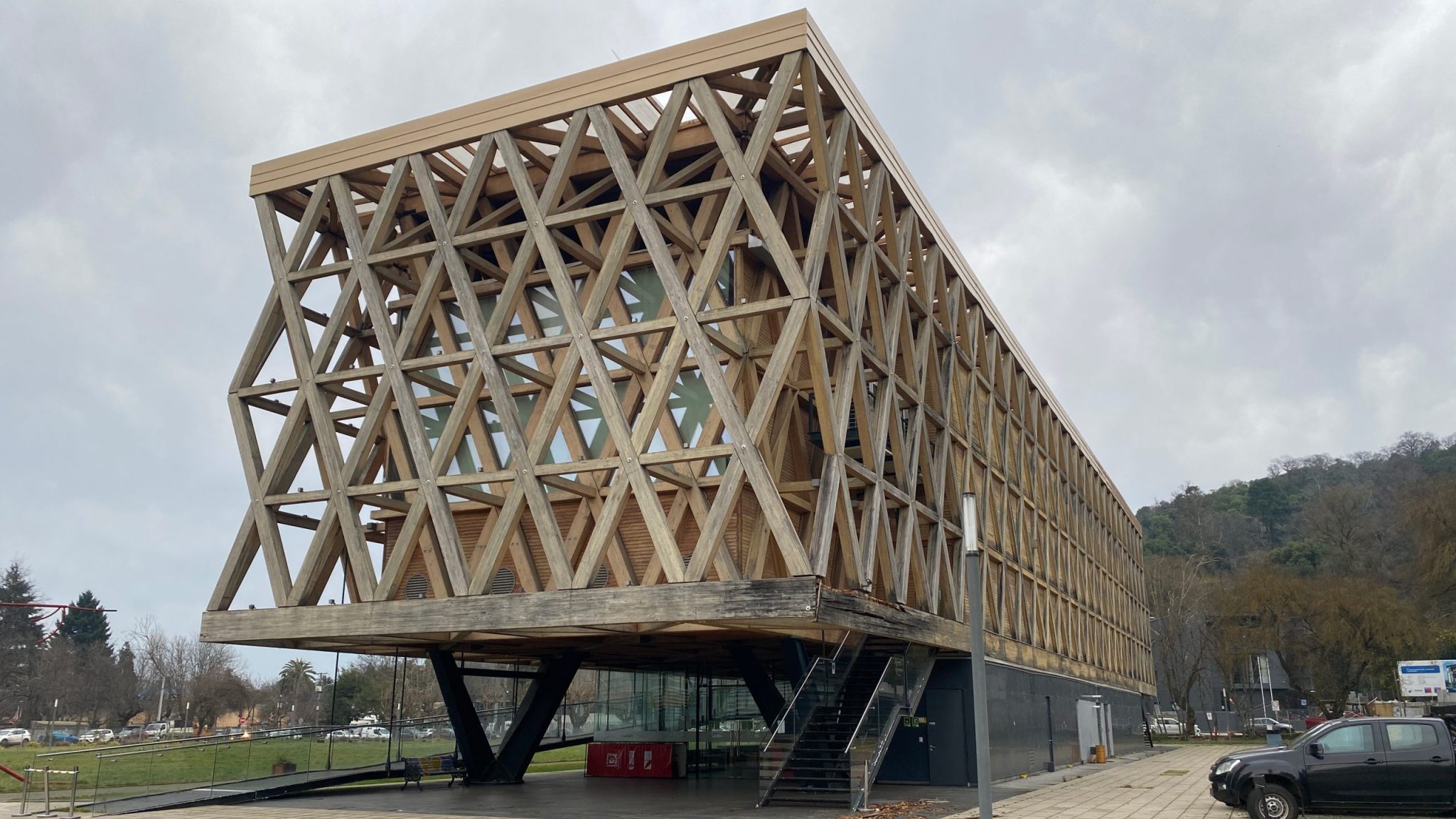The Opportunity for Mass Timber Construction by Designing for Disassembly
Investigators
Over the past decade, the use of mass timber has gradually spread across the United States. This expansion has been fueled by an increasing number of manufacturers throughout the country, along with easier access to European products. It is expected that the number of manufacturers and prefabrication facilities in the Southeast will continue to grow as companies recognize its vast timber resources and the need for local and sustainable building materials.
Compared to steel and concrete, however, mass timber is still in its infancy. The oldest mass timber buildings in the United States are hardly ten years old. The problem that we haven’t encountered—yet should anticipate—is what happens to the mass timber at the end of the building’s life. We recognize that steel is typically recycled into new structural products and that concrete can be downcycled into aggregate for new structures or as filler material. Mass timber enjoys no such luxuries. The adhesives required for its production limit their future potential: they cannot be chipped for mulch or paper products, incinerated, or down-cycled into smaller structural products. Instead of recycling, we should instead look to reuse these mass timber materials. After a building is initially dried-in, the columns, beams, and floor panels are safely locked away for the duration of the building’s life. After this time, these members could be disassembled, moved off-site, and prepared for use in the next structure. Our current means and methods of designing and constructing mass timber buildings currently inhibit this action.
There are several challenges to overcome before buildings can be designed and constructed for disassembly. Conventional means and methods may work now, but they become obstacles for future progress. Critical research is needed into expanded prefabrication, existing connection details and proprietary hardware, how to refinish and regrade structural timber members, and alternatives to wet toppings to control acoustic and vibration issues for floor assemblies. The research into designing mass timber for disassembly is highly forward-thinking and relevant in addressing how Life Cycle Assessment (LCA) tools track the end-of-life emissions associated with mass timber, particularly with respect to the timber’s sequestered carbon. While significant advancement has been made over the past five years in the United States regarding the number and different typologies of mass timber buildings, almost no thinking has been made regarding the disassembly and reuse of mass timber structural elements. This is incredibly important as most (if not all) LCA tools assume the mass timber is sent to the landfill to decompose, releasing the stored carbon at the end of the building’s life. This is a critical missing component to life cycle assessments for mass timber buildings, and must be addressed to properly identify mass timber’s opportunity to help decrease the building sector’s carbon emissions. Existing standards cannot be adjusted without research into the feasibility of disassembly and reuse.
This research specifically seeks to catalog the challenges to designing for disassembly of mass timber buildings and present a tentative framework for doing so moving forward. The output for this research will be a white paper describing the framework, and how it can be applied to industry. It is expected that this is Phase 1 of a multi-phase research initiative, with future phases being determined by the research.

See more in:
CCIC
Related people:
Jake Elbrecht,
Tom S. Chung